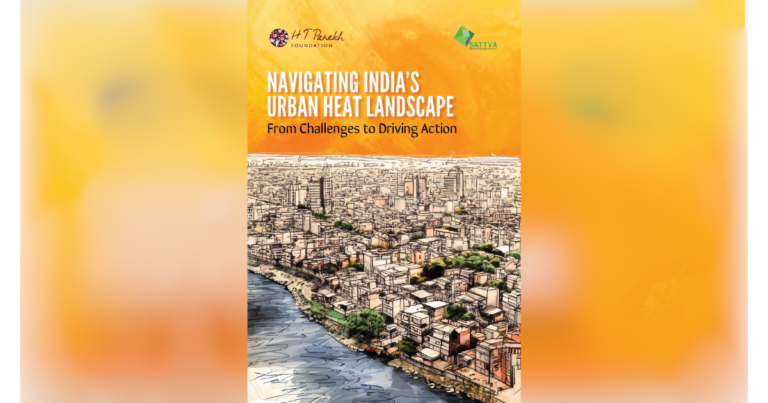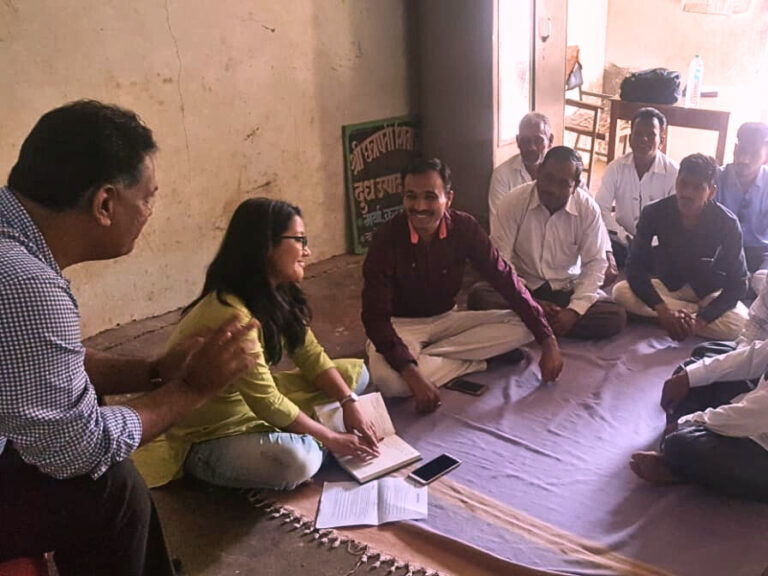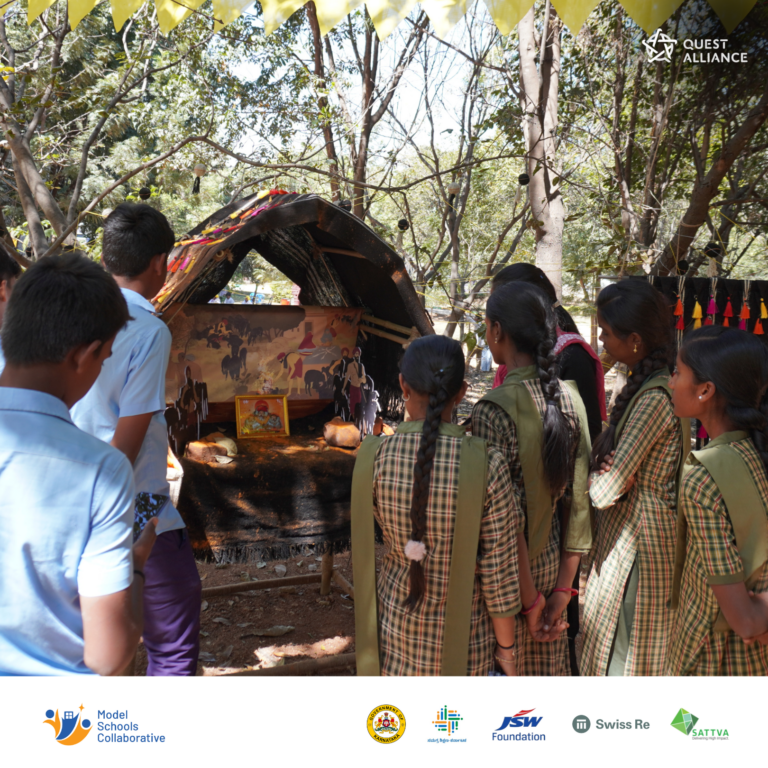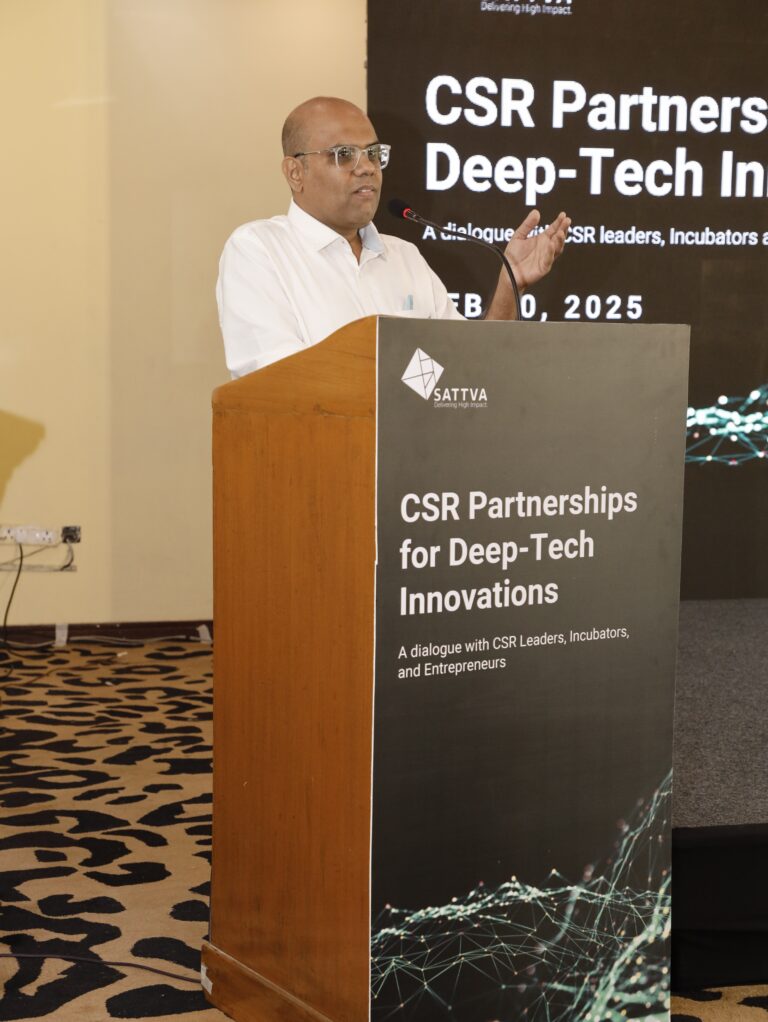“There is a rapidly closing window of opportunity to secure a livable and sustainable future for all”, according to the IPCC. So, how do we fix climate financing to avoid a global increase in temperature above 1.5℃? And how can we do this while delivering on the rest of the SDGs, ensuring a just and equitable transition? These were some of the questions posed to panellists at the Skoll World Forum session “360 Degree Climate Financing”.
Speakers:
- Solange Bandiaky-Badji, Rights and Resources Initiative
- Barbara Brakarz, Conexsus
- Nancy Lindborg, The David and Lucile Packard Foundation
- Rukka Sombolinggi, Aliansi Masyarakat Adat Nusantara (AMAN)
- Peter Prengaman, The Associated Press (moderator)
Insight 1: We need more capital and more efficient deployment
- There is a growing gap between the $100 bn in climate financing that has been pledged and the $2.4 trillion per year that is needed by 2030. Yes, this is a staggering number but it is cheaper than having to deal with the catastrophic effects later.
- It’s a very fragmented market. We need more agile instruments to deploy climate finance capital.
- We need to overhaul how we deploy climate finance. It’s very difficult for frontline organisations to access the capital.
- How can frontline organisations get direct access to funding? How can we reduce the number of intermediaries and/or bureaucracy?
- Development finance and climate finance shouldn’t cannibalise each other. They need to work in synergy. Social, environmental, and climate challenges are inextricably linked.
Insight 2: Make it simpler for frontline organisations to work with funders
- Funding applications and the associated reporting requirements are often too onerous for frontline organisations. This leads to organisations spending so much effort on meeting donors’ requirements that it distracts from the actual work on the ground and the impact they are trying to have. One speaker at the session said, “It’s hard to deal with funders’ administrative needs when bulldozers are razing the forest and our homes.”
- Some forward-thinking foundations receive grant applications via WhatsApp or video. Some are happy to replace formal reporting with conversations and meetings directly with the grantees or their local communities.
- Funding cycles need to be longer because it often takes years for impact to happen. Reporting requirements should also take this into account.
- Philanthropy can often play the role of “de-risking” climate finance in order to make it easier for governments to get more actively involved.
Insight 3: Inherent power imbalance leads to further inequity
- Most financing comes with Global North priorities which are often at odds with the needs of Global South communities.
- The disastrous effects of climate emergencies are most vividly experienced in the Global South. While mitigating climate change is important, there is not enough financing for climate adaptation and resilience.
- Indigenous peoples are often the ones protecting the world’s fragile ecosystems. Investing in them will help protect our ecosystems.
- There is an overwhelming focus on protecting tropical forests. While these are important, we shouldn’t ignore other types of ecosystems, like mangroves, sea grass beds, or the role of pastoralist communities.
Insight 4: The threat to democracy is also a threat to climate finance
- In 2024, more voters than ever before will head to the polls.
- The amount of misinformation and disinformation about climate change presents a significant problem. This is especially true for rich countries, like the USA, where climate scepticism and denial lead to less funding (at exactly a time when we need these countries to step up and do more).
- It is important to continue to lead with data and evidence. For example, the recently launched Path to Scale dashboard from Rights and Resources Initiative and Rainforest Foundation Norway is a new open-source online tool that gives easy access to donor funding data.
Final question posed to panel: “What initiatives are you proud of?”
- Path to Scale dashboard (Rights and Resources Initiative and Rainforest Foundation Norway)
- ClimateWorks Foundation
- Forest People Climate Initiative
- Nusantara Fund
The unintended effects of carbon markets
Although the idea of carbon markets has grown in popularity in the last decade, there is also increasing criticism of its unintended consequences. To conclude, I wanted to share this short video I shot of Solange from RRI about how carbon markets threaten the land rights of Global South communities.
I hope that these insights serve as food for thought and help us move towards a world where local communities are included in the design and implementation of climate financing. Keen to hear your thoughts in the comment section below.
This article was originally published on LinkedIn.
Sattva has been working with various non-profits and social organisations as well as corporate clients to help them define their social impact goals. Our focus is to solve critical problems and find scalable solutions.
For more information get in touch: impact@sattva.co.in.




